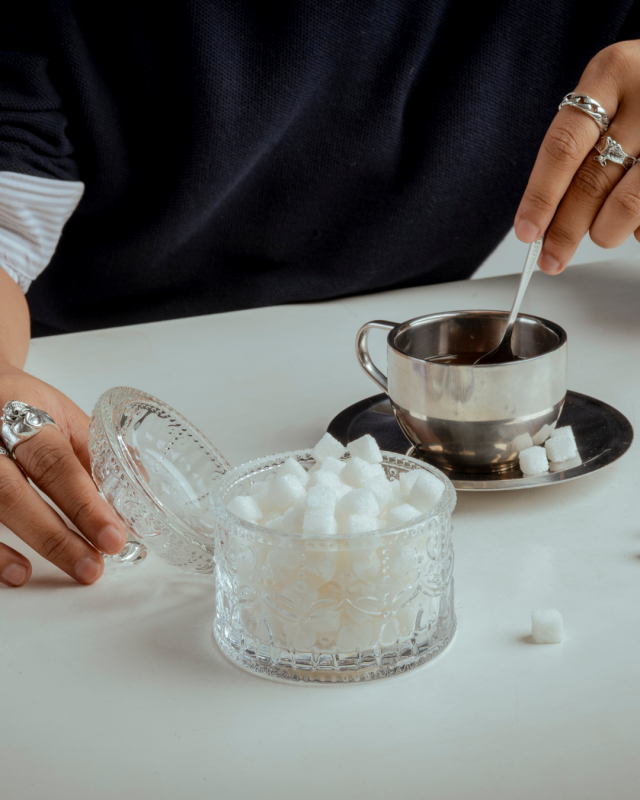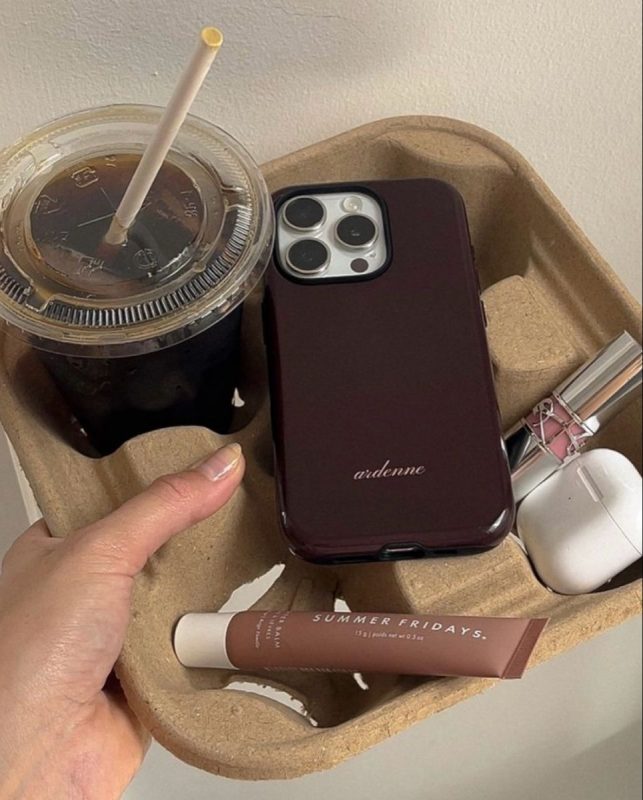News

Key takeaways at a glance:
- HFSS legislation will restrict promotions, placements and advertising for foods and drinks high in fat, salt or sugar from 2025–2026
- With paid promotion limited, creativity becomes the growth driver – through brand storytelling, organic influencer advocacy and cultural experiences
- Success will depend on earning attention through authenticity, transparency and cultural connection, not just visibility on shelf or via pay-to-play
- HFSS isn’t the end of food and drink marketing; it marks the shift toward smarter, earned-first strategies that keep brands visible, credible and culturally present even as paid options narrow.
With incoming legislation tightening and consumer expectations shifting, food and drink brands are being challenged to think differently. The question isn’t just how to stay visible, but how to stay valuable – building genuine connection and long-term brand equity in a landscape where traditional promotions can’t be relied upon.
What Is HFSS and Why Does It Matter for Food & Drink Brands?
HFSS stands for high in fat, salt or sugar. The term refers to pre-packed foods and drinks that exceed set thresholds under the Nutrient Profiling Model (NPM), classifying them as “less healthy” and placing restrictions on how they can be promoted.
Specifically:
- Foods that score four or more points under the NPM are classified as HFSS.
- Drinks that score one or more points are in scope.
- Categories include confectionery, sweet biscuits, cakes, soft drinks with added sugar and certain savoury snacks.
When Do HFSS Restrictions Come Into Force and What Will Change?
- From 1 October 2022: HFSS products in England were restricted from display in prominent retail locations such as checkouts, end-of-aisle and store entrances, as well as their online equivalents.
- From 1 October 2025: Additional restrictions apply to volume-based promotions (e.g. multibuys and “buy one get one free”).
- From 5 January 2026: A UK-wide ban on paid advertising for identifiable HFSS products, including online ads and pre-9pm TV spots, is scheduled to come into force, with voluntary compliance encouraged from October 2025.
The landscape isn’t entirely fixed, however. The government is still exploring potential brand-level exemptions, and many FMCG businesses are already choosing to adopt the restrictions early to demonstrate best practice.
How Can Food & Drink Brands Build Awareness Without Paid Promotion?
Audit Your Portfolio and Reformulate Where Possible
The first step is clarity. Identify which products in your range fall under HFSS classification and determine where reformulation could reduce thresholds for fat, salt or sugar. Brands that act early will gain the advantage of flexibility when restrictions come into force in January.
For products that can’t be reformulated, repositioning is key. That might mean spotlighting alternative SKUs, highlighting provenance or premium credentials, or creating limited-edition collections that sit outside the HFSS remit.
Elevate Your Brand Narrative and Build Credibility
With traditional promotion restricted, your story becomes your most powerful differentiator. Focus on what gives your brand meaning – its purpose, its process, its people. In the absence of price-led tactics, consumers look for something more enduring: trust, consistency and a clear sense of identity.
Brand advertising remains exempt under HFSS regulations, provided it isn’t directly tied to an unhealthy product. That nuance opens a powerful opportunity. Rather than driving short-term sales, brands can return to long-term storytelling, building awareness through emotion, creativity and cultural connection.
“The exemption for brand advertising could mark a shift back to creativity. Without the ability to lean on traditional promotion, we’ll likely see brands focus on building identity and emotional connection, the kind of work that lasts beyond a single campaign” says Olivia Wild, Associate Director (Lifestyle & Consumer) at b. the agency.
Earned storytelling through PR, thought-leadership and partnerships will be key to this evolution, amplifying purpose and relevance far more authentically than discount-based messaging ever could. The focus now is on owning a space in culture, not just a spot on the shelf.
Engage Influencers and Micro-Communities
Influence still drives discovery; but the way brands harness it must evolve. Instead of broad, paid reach, the goal is relevance through community. Work with creators who naturally align with your audience’s lifestyle and values, from foodie tastemakers to wellness advocates.
Influencer still drives discovery; but the way brands harness it must evolve. Instead of product focussed content, the goal is to build awareness through brand storytelling and relevance through community. Work with creators that naturally align with your audience’s lifestyle and values to talk about brand campaigns, charity partnerships and culture and brand personality.
Encourage creative collaboration that goes beyond a single post, building ongoing relationships that keep your brand present in everyday moments and social conversations. This kind of advocacy feels organic, credible and resistant to regulatory constraints.
Create Ownable Moments and Live Experiences
With shelf space restricted, brands need to bring experiences to consumers. The most forward-thinking FMCG names are creating their own occasions for discovery, tactics like interactive pop-ups and experiences that merge food, culture and lifestyle.
A strong example of this approach is the growing movement toward “experience-first” marketing, where every consumer touchpoint becomes a chance to spark connection. Smart brands are designing experiences that generate engagement, social sharing and trust long after the event ends. These moments create conversation, content and community, driving visibility in ways that feel earned, not engineered.
Remember, brands can still work with influencers on a paid basis to amplify experiences, as long as they aren’t focused on any HFSS products.
Rethink Retail and Digital Partnerships
As end-of-aisle displays and price-based promotions disappear, collaboration with retail partners becomes more strategic. Consider storytelling-led activations that elevate brand theatre in-store, such as experiential sampling or co-branded displays that highlight purpose and product craft.
Online, brands can work with retailers to integrate educational or inspirational content into e-commerce journeys. Use homepage takeovers, editorial-style recipe hubs or seasonal content drops to maintain visibility without breaching promotional rules.
Measure What Matters and Invest for Longevity
In a post-HFSS world, success won’t be measured purely by immediate sales uplift. Track new indicators of brand strength, share of voice, sentiment, engagement and cultural presence.
Shift investment from short-term discounting to sustained brand equity: the kind that earns attention through consistency and creativity. Over time, this approach doesn’t just maintain visibility – it builds it.
What Does the Future of FMCG Marketing Look Like After HFSS?
The brands that will thrive post-HFSS are those that see constraint as an opportunity. Creativity will become strategy, and influence, experience and cultural credibility will become the new growth levers.
HFSS marks a turning point for food and drink marketing. It challenges brands to trade price for purpose, promotion for storytelling, and placement for presence.
Looking to strengthen your brand presence ahead of the HFSS rollout? Get in touch to see how we can help your brand stay ahead: hello@b-theagency.com




